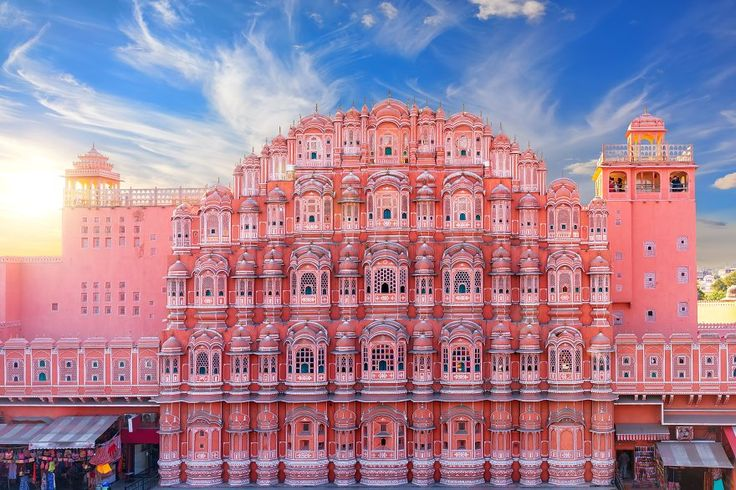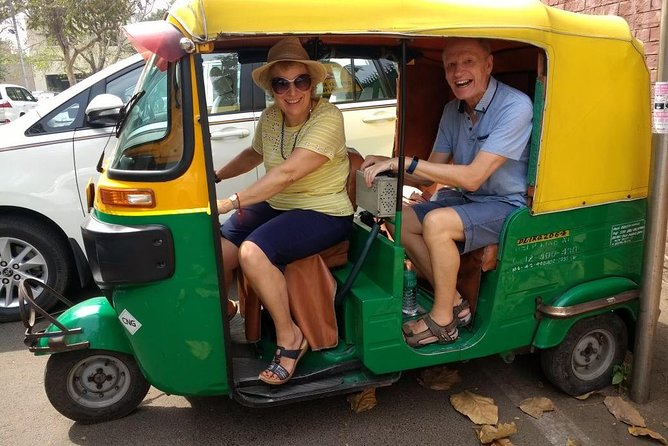Ganga Aarti at Varanasi: The River Bestowing Nirvana
Geographical evidence tells us that the sacred Hindu River, the Ganges, originates in the western Himalayas of Uttarakhand, India, and flows into the Bay of Bengal through the Sunderbans delta. Its origins trace back to Devprayag, where the Alaknanda and Bhagirathi rivers converge. The Bhagirathi River, one of the Ganges’ two main headwaters, is considered the source of the Ganga. It begins at Gaumukh, located at the base of the Gangotri and Khatling glaciers in Uttarakhand, approximately 18 kilometers from Gangotri.
But Hindus believe that Ganga originates from the hair of Lord Shiva. The legendary king Bhagiratha’s ancestors were cursed by Sage Kapila. He brought the River Ganga to Earth from the heavens because only she could bestow nirvana to Bhagiratha’s ancestors. After years of great penance, River Ganga descended on Earth, and Lord Shiva agreed to channelize her flow. Therefore, the River Ganga flowed from Lord Shiva’s hair. The place where the sacred river originated is known as Gangotri in present times, and since the river originated from Lord Shiva’s Jata (hair), it is also called Jatashankari.
While flowing, the Ganga demolished the ashram of Sage Jahna, who became furious and stopped her movement. On Bhagirath’s appeal, the sage freed her; therefore, Ganga is also called Jahnavi. The Ganga then reached Sage Kapil’s ashram, where Bhagirath’s ancestors were burnt to ashes and liberated to rest in peace.
To this date, Hindus immerse the ashes of their loved ones in the river, praying that they be freed from the cycle of birth and death.
Ganga at Varanasi
Many crowd the ghats at Varanasi every day to get a glimpse of the majestic and powerful Ganga Aarti. Aarti involves waving a lit flame in front of a deity’s image while singing or chanting, in this case, the Ganga.
The Ganga Aarti at Varanasi is not just a ceremony; it is a sacred ritual that embodies the spiritual essence of India. As the sun sets over the ancient ghats, the holy city of Varanasi comes alive with chants, incense, and the captivating sight of the Ganga Aarti. This daily event, conducted at the Dashashwamedh Ghat, attracts travelers, pilgrims, and spiritual seekers from around the world, all drawn by the promise of witnessing something extraordinary. The Aarti, a prayer dedicated to the Ganges, is an experience that transcends religion, time, and space, offering profound meaning to those who partake in its awe-inspiring spectacle.
The “Mokshdayani” river bestows peace and tranquility as it flows through the ghats and accepts the Aarti. Priests dressed in traditional saffron robes, with their movements choreographed to perfection, hold large brass lamps filled with burning ghee, waving them in graceful arcs to the rhythm of sacred hymns. The sound of conch shells, bells, and chants fills the air, creating an atmosphere thick with devotion. The flames of the Aarti lamps reflect on the calm waters of the Ganges, as the river, revered as a living goddess, is honored for her purity, power, and spiritual significance.
The Spiritual Significance of the Ganga Aarti
The Ganga is not merely a river for the people of India—it is a spiritual entity, a mother figure, and a giver of life. In Hinduism, the river Ganga holds unparalleled significance, with its waters considered sacred and capable of purifying the soul. According to ancient beliefs, taking a dip in the river or even witnessing the Ganga Aarti can absolve one of past misdeeds and pave the way for spiritual liberation.
The Aarti symbolizes the five elements—earth, water, fire, air, and ether—offered back to the universe as a form of gratitude. Each movement of the ritual, from the lighting of lamps to the blowing of conch shells, is deeply symbolic. The fire represents purity and light, dispelling the darkness of ignorance, while the incense symbolizes the fragrance of a good life led in devotion. The sound of bells and chants serves as a call to the divine, creating an energetic vibration that connects the physical with the spiritual.
For those attending, the Ganga Aarti is a deeply personal and transformative experience. It evokes a sense of peace, spiritual connection, and a reminder of life’s transient nature. Watching the lamps float down the river with prayers attached to them, one cannot help but feel a part of something much larger—a cosmic rhythm where the physical and metaphysical worlds collide.
Why You Should Not Miss the Ganga Aarti
Attending the Ganga Aarti in Varanasi is not just an item to check off a travel list; it is a once-in-a-lifetime experience that leaves an indelible mark on the soul. Here’s why you should make it a priority during your visit to Varanasi:
- A Deep Dive into Indian Spirituality: The Ganga Aarti offers a window into India’s rich spiritual heritage. Even if you are not religious, the sheer energy and devotion that fills the air during the ceremony will leave you with a sense of awe and reverence.
- A Moment of Reflection and Peace: As you stand by the ghats, watching the river Ganga flow silently in the twilight, you can’t help but reflect on life’s deeper meanings. It is a moment of calm in an otherwise chaotic world, offering an opportunity for self-reflection.
- Witnessing an Ancient Tradition: The Ganga Aarti has been performed for centuries and continues to be a daily ritual that connects the past with the present. By witnessing this ceremony, you become part of a tradition that has stood the test of time, uniting countless generations through shared beliefs.
- A Visual and Auditory Feast: The beauty of the Aarti lies not only in its spiritual significance but also in its visual and auditory appeal. The combination of the flickering flames, the sound of ringing bells, and the hypnotic chanting creates an experience that appeals to the senses on every level.
- A Connection to the Divine: Whether or not you are religious, the Ganga Aarti has the power to evoke a feeling of connection to something greater. It is a reminder of the divine forces that govern life and the universe, instilling a sense of humility and gratitude.
Practical Tips for Experiencing the Ganga Aarti
If you are planning to attend the Ganga Aarti, here are a few practical tips to make the most of your experience:
- Arrive Early: The ghats can get very crowded, especially during peak tourist seasons. Arriving an hour before the Aarti begins will ensure you find a good spot to witness the ceremony up close.
- Opt for a Boat Ride: Watching the Aarti from a boat on the Ganges offers a unique perspective, allowing you to see the entire ceremony from the water, with the ghats lit up in the background.
- Respect the Ritual: While photography is allowed, it is important to be mindful of the sanctity of the ceremony. Avoid obstructing the view of others and maintain silence during the prayers.
- Participate in the Ritual: If you wish, you can also participate in the ritual by lighting a small diya (lamp) and letting it float down the river with your own prayers or wishes attached.
The Ganga Aarti at Varanasi is more than just a spectacle—it is a deep, spiritual experience that resonates on multiple levels. It is a reminder of the timeless spiritual traditions that define India and a chance to connect with the divine in one of the most sacred places on earth.
As the lamps float down the Ganges, carrying prayers and blessings with them, you will feel an undeniable sense of peace—a feeling that you are part of something eternal, something that transcends the physical world and touches the realm of the divine. The Ganga Aarti is not to be missed, for it is more than a ritual—it is a celebration of life, spirituality, and the eternal bond between humans and the divine.



